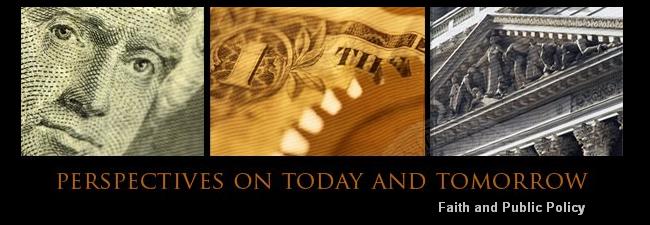“According to the U.S. Census Bureau, median household income adjusted for inflation increased a scant 18 percent over the past 30 years. In contrast, data from the Bureau of Economic Analysis (BEA) indicate that income per person was up 80 percent, almost doubling. A widely reported explanation for these statistics is that the rich reaped most of the benefits of economic growth over this period, while middle-income households gained little. Findings on rising inequality are consistent with this view.
These statistics appear quite compelling, but hiding in the background are some key issues that might alter the story. Average household size declined substantially
during the past 30 years, so household income is being spread across fewer people. The mix of household types—married versus single, young versus old—also changed considerably, so the “median household” in 2006 looks quite different from the “median household” in 1976. Finally, the measure of income used by the Census Bureau to compute household income excludes some rapidly growing sources of income.
…
The claim that the standard of living of middle Americans has stagnated over the past generation is common. An accompanying assertion is that virtually all income growth over the past three decades bypassed middle America and accrued almost entirely to the rich.
The findings reported here … refute those claims. Careful analysis shows that the incomes of most types of middle American households have increased substantially over the past three decades. These results are consistent with recent research showing that the largest income increases occurred at the top end of the income distribution. But the outsized gains of the rich do not mean that middle America stagnated.”
Terry J. Fitzgerald, “Where Has All the Income Gone?”, The Region: A Publication of the Federal Reserve Bank of Minneapolis (September 2008).
http://www.minneapolisfed.org/pubs/region/08-09/income.pdf
Terry J. Fitzgerald is a Senior Economist with the Federal Reserve Bank of Minneapolis.
One frequently hears that the modern American economy distributes income inequitably and that income growth over the past few decades has been confined almost entirely to the rich.
But before accepting these statements one should be aware that the measurement of income distribution and the benefit of economic growth to different groups in the economy is fraught with difficulties and misconceptions, and people sometimes chose data that simply fit their preconceptions.
A host of factors can affect the measurement of the growth and distribution of real income among the population. These include the changing size of households mentioned above, the choice the price index used to deflate income, changes in the types of households (whether a household consists of Married couples or singles, or whether children are present or not), changes in the age structure of households, whether income is measured pre- or post-tax, whether one looks at changes to the incomes of a standard sample of income recipients or allow the introduction of new households, among many other factors. One should also be aware that income distribution patterns also vary of the business cycle, becoming more even during upturns and more uneven during downturns when unemployment rises.
When assessing the rise in income over the longer-term, it is useful to keep in mind that patterns of income change only slowly whereas increases in real incomes can rise markedly. For this reason, when measured comprehensively and adjusted for changes in demographic attributes, the benefits of economic growth tend to be distributed rather evenly across the entire population. At times the rich may benefit more from growth than lower income groups, but the incomes of low and middle income groups have not stagnated in the U.S. and they certainly have not fallen, as many reports in the popular press allege.
Thanks for Greg Mankiw’s blog for the pointer.



No comments:
Post a Comment